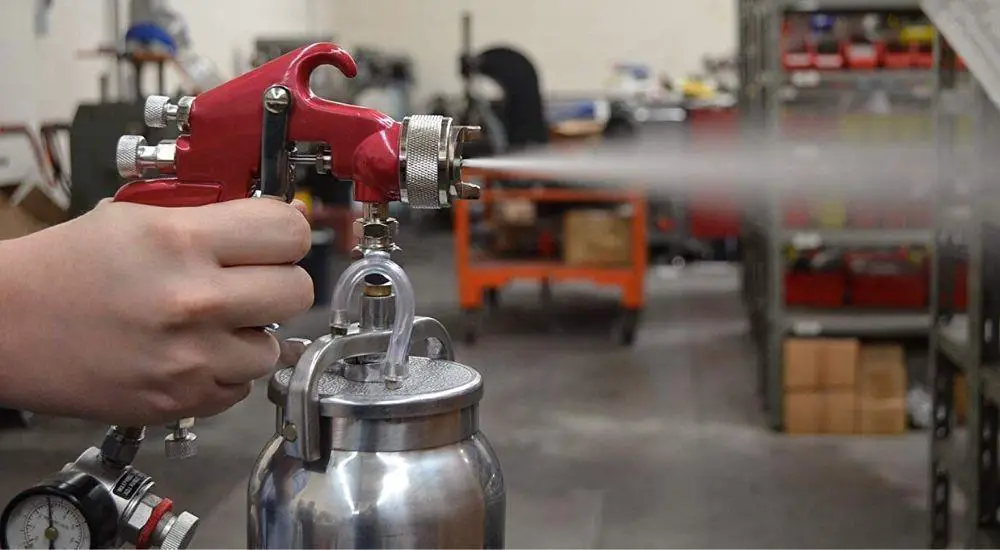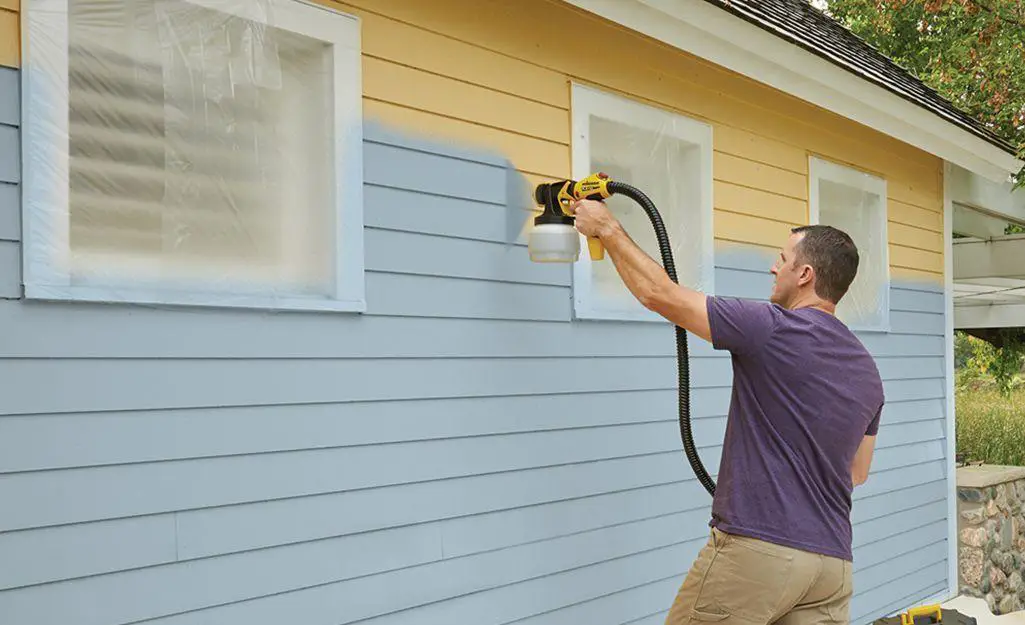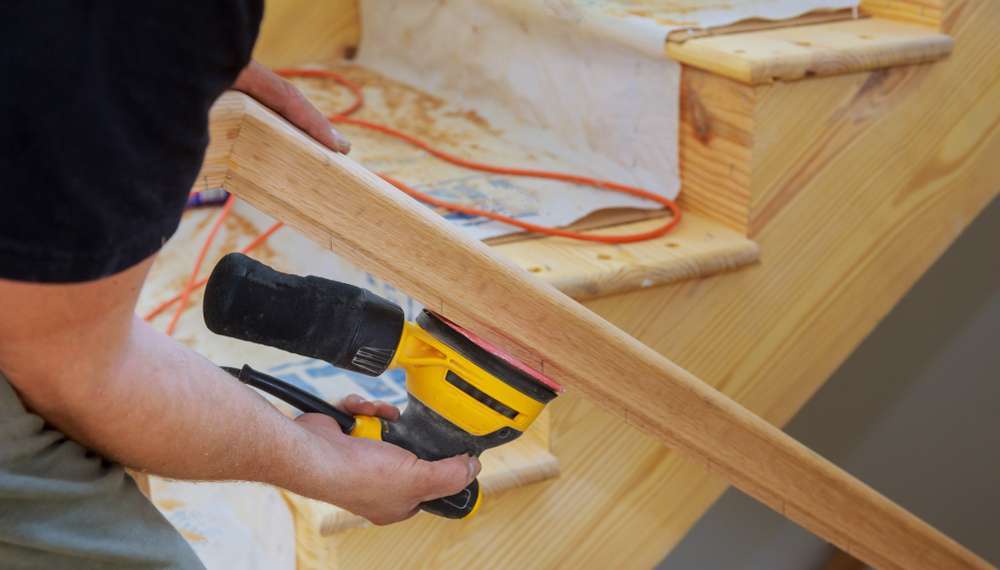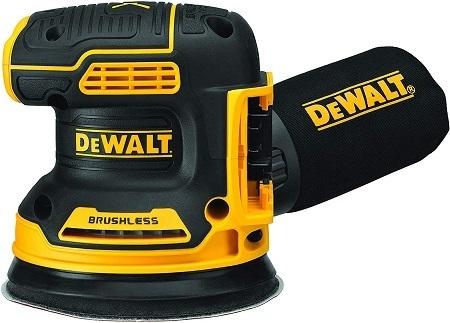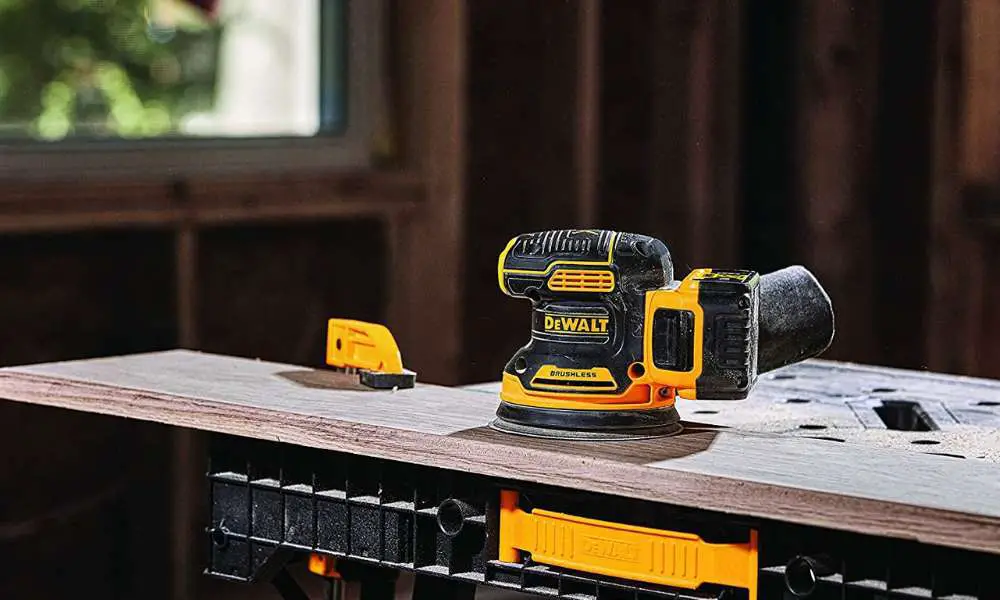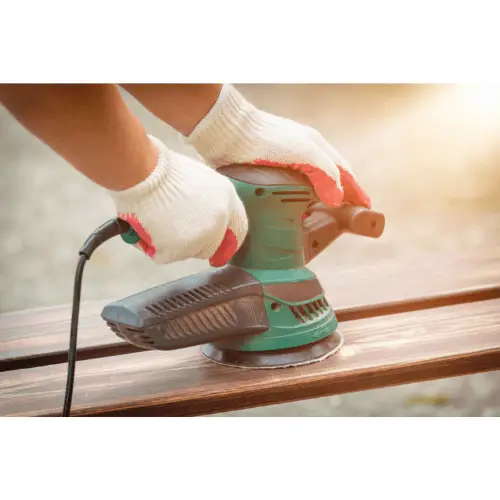
How Does Random Orbital Sander Work: Unveiling the Technology Behind It
In the world of woodworking and home improvement, having the right tools is essential for achieving a smooth, professional finish. One such tool that has revolutionized the process of sanding is the random orbital sander. Known for its versatility and efficiency, this power tool has become a staple in both professional workshops and home garages.…

